Table II-1. Projections of the Peaking of World
Oil Production
|
Projected Date |
Source of Projection |
Background & Reference |
|
2006-2007 |
Bakhitari, A.M.S. |
Iranian Oil Executive11 |
|
2007-2009 |
Simmons, M.R. |
Investment banker12 |
|
After 2007 |
Skrebowski, C. |
Petroleum journal Editor13 |
|
Before 2009 |
Deffeyes, K.S. |
Oil company geologist (ret.)14 |
|
Before 2010 |
Goodstein, D. |
Vice Provost, Cal Tech15 |
|
Around 2010 |
Campbell, C.J. |
Oil company geologist (ret.)16 |
|
After 2010 |
World Energy Council |
World Non-Government Org.17 |
|
2010-2020 |
Laherrere, J. |
Oil company geologist (ret.)18 |
|
2016 |
EIA nominal case |
DOE analysis/ information19 |
|
After 2020 |
CERA |
Energy consultants20 |
|
2025 or later |
Shell |
Major oil company21 |
|
No visible peak |
Lynch, M.C. |
Energy economist22 |
11Bakhtiari, A.M.S. "World Oil
Production Capacity Model Suggests Output Peak by 2006-07."
OGJ. April 26, 2004.
12Simmons, M.R. ASPO Workshop. May 26, 2003.
13Skrebowski, C. "Oil Field Mega Projects - 2004."
Petroleum Review. January 2004.
14Deffeyes, K.S. Hubbert's Peak-The Impending World
Oil Shortage. Princeton University Press. 2003.
15Goodstein, D. Out of Gas - The End of the Age of
Oil. W.W. Norton. 2004
16Campbell, C.J. "Industry Urged to Watch for
Regular Oil Production Peaks, Depletion Signals." OGJ. July
14, 2003.
17Drivers of the Energy Scene. World Energy Council.
2003.
18Laherrere, J. Seminar Center of Energy Conversion.
Zurich. May 7, 2003
19DOE EIA. "Long Term World Oil Supply."
April 18, 2000. See Appendix I for discussion.
20Jackson, P. et al. "Triple Witching Hour for
Oil Arrives Early in 2004 - But, As Yet, No Real Witches."
CERA Alert. April 7, 2004.
21Davis, G. "Meeting Future Energy Needs."
The Bridge. National Academies Press. Summer 2003.
22Lynch, M.C. "Petroleum Resources Pessimism
Debunked in Hubbert Model and Hubbert Modelers' Assessment."
Oil and Gas Journal, July 14, 2003. |
〔Hirsch,R.L., Bezdek,R. and Wendling,R.による(Feb., 2005)Peaking
of World Oil Production: Impacts, Mitigation, & Risk Managementから〕 |
/Image94.gif)
/Image78.gif)
/Image75.gif)
/Image77.gif)
/Image76.gif)
/Image98.gif)
/Image99.gif)
/Image100.gif)
/Image101.gif)
/Image95.gif)
/Image96.gif)
/Image97.gif)
/Image52.gif)
/Image51.gif)
/Image56.gif)
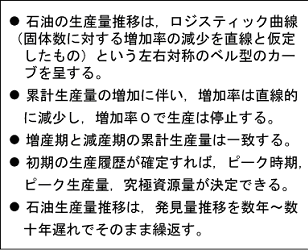
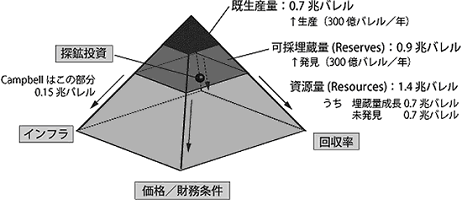
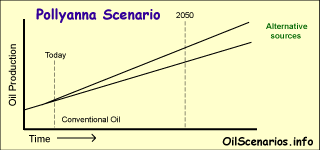
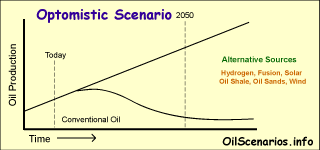
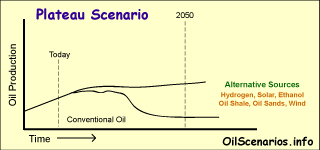
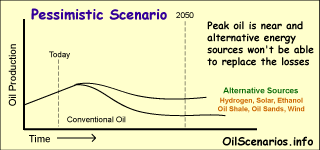
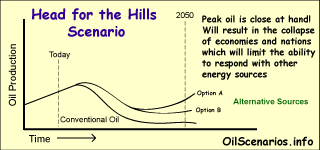
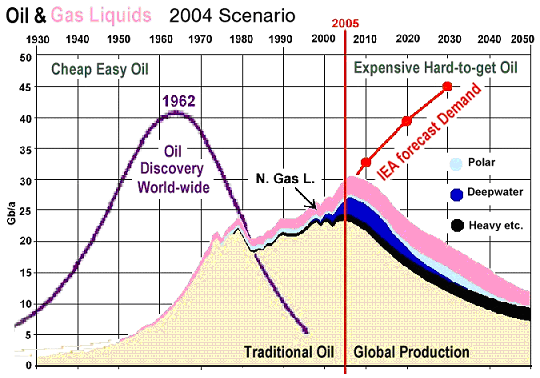

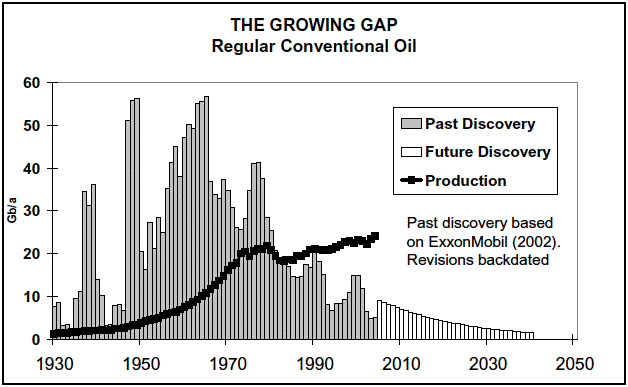
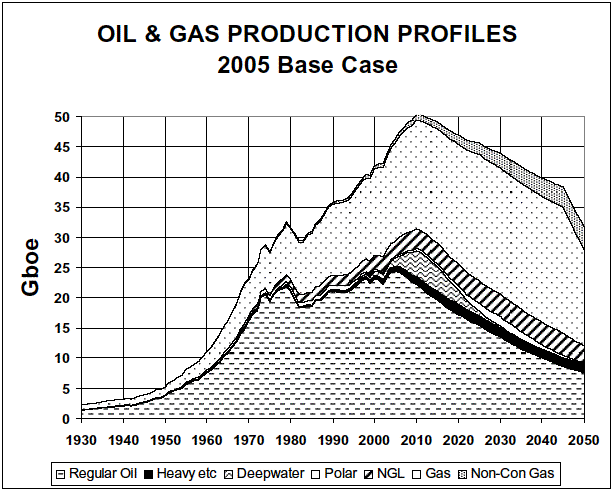
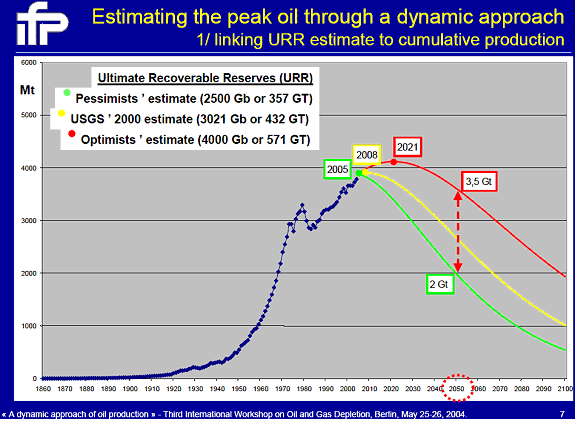

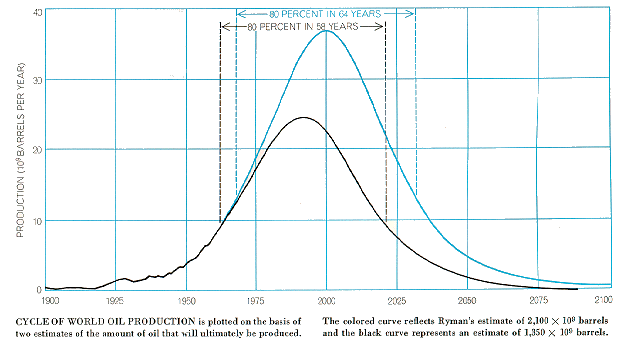

/Image50.gif)
/Image53.gif)
/Image54.gif)
/Image55.gif)
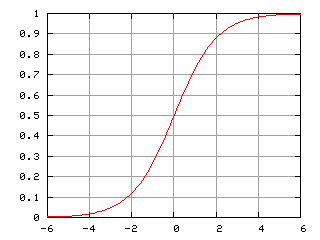



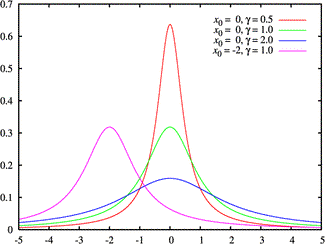


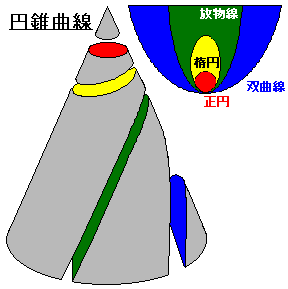
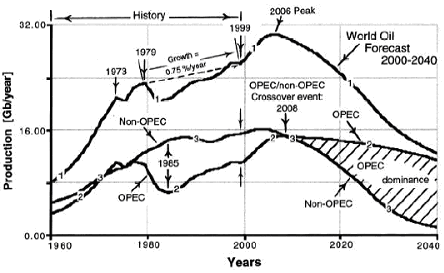
 Figure 4. The
Olduvai Theory: 1930-2030.
Figure 4. The
Olduvai Theory: 1930-2030./Image1008.gif)